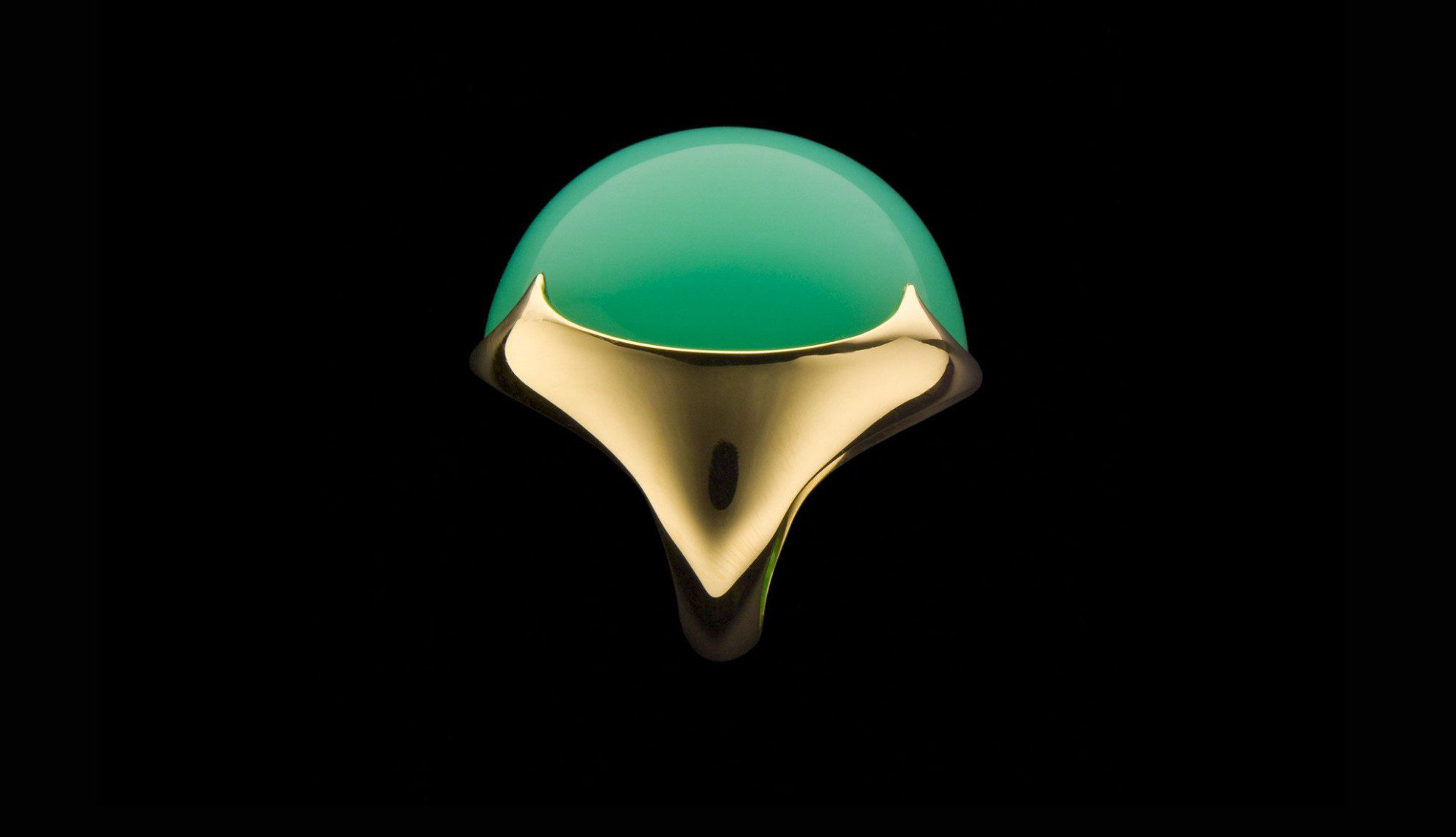Chrysoprase Buying Guide
With bright, apple-green hues, chrysoprase makes an eye-catching jewelry stone. Our chrysoprase buying guide will help you pick a top-quality gem.
3 Minute Read
Related Articles
Chrysoprase Value, Price, and Jewelry Information
Chrysoprase is apple-green chalcedony that derives its color from nickel. Its hardness and striking color make it a popular gemstone...
Read More
Does Chrysoprase Jewelry Fade?
Should you wear chrysoprase jewelry only at night to protect the gem’s striking green color? Learn the facts here.
Read More
Quahog Pearl Buying Guide
Your next plate of steamed clams might hold a rare quahog pearl. Learn how to judge the quality of these...
Read More
Melo Pearl Buying Guide
Bright orange colors and flames that seem to dance across the surface make the melo pearl a fascinating gem choice....
Read More
Latest Articles
Identifying Synthetic Gems
Distinguishing between natural and synthetic gems is a critical skill for gemologists. Learn about gem making processes and the telltale...
Read More
Ten Big, Beautiful, and Affordable Engagement Ring Stones
Looking for a gem that will make a big impression on your finger, not your wallet? These ten gems make...
Read More
Rhodochrosite Value, Price, and Jewelry Information
Beautiful rose red to pink rhodochrosite crystals are popular with mineral collectors. Although very soft, opaque stones have been fashioned...
Read More
Ruby and Sapphire Survey: Where Do You Draw the Line?
Our survey asked for your input on the age-old question: where is the line between ruby and sapphire? The results...
Read More
Never Stop Learning
When you join the IGS community, you get trusted diamond & gemstone information when you need it.
Get Gemology Insights
Get started with the International Gem Society’s free guide to gemstone identification. Join our weekly newsletter & get a free copy of the Gem ID Checklist!
